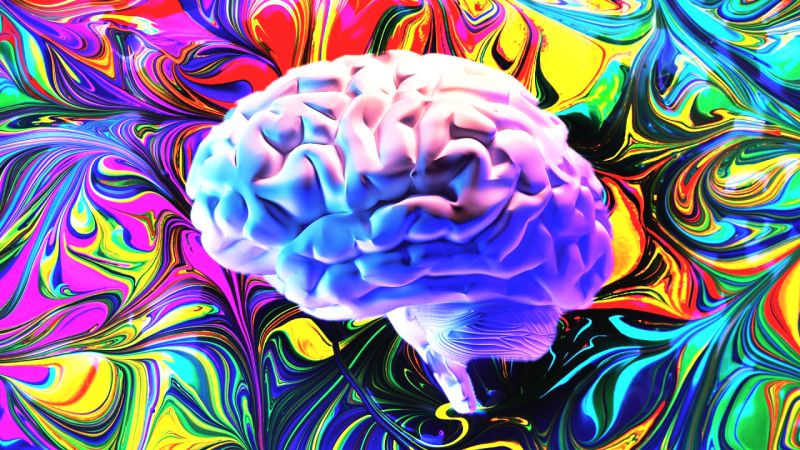
Author: Dr. Christopher Deussing & Deniz Gulkan
A common misconception regarding ketamine-assisted psychotherapy (KAP) is that clients have intense psychedelic journeys every time. However, there are “psycholytic” KAP experiences that are beneficial as well.
A psycholytic dose is a lower dose of psychedelic medicine. Instead of IV or IM injection, psycholytic KAP doses are usually delivered orally through lozenges or troches.
In a psycholytic KAP session, clients may feel like they are distancing from their body and/or reaching a meditative state. Psycholytic experiences can be “heart-openers” that help lower clients’ defenses (Brandstetter et al., 2024).
In this receptive space, clients can explore material that is normally inaccessible. With psycholytic doses, clients can speak in ways that are more transparent & authentic, which can help them work through challenges in an innovative fashion.
Psycholytic doses permit clients to express themselves in altered consciousness while concurrently maintaining connection in the present moment with their therapists. Instead of waiting until after the psychedelic experience for integration, the psycholytic approach permits work to occur directly at a conscious level (Lawlor, 2021).
For example, with PTSD, speaking to the trauma is oftentimes an integral part of working through it. In treatment-as-usual (TAU), it can take a while for a client to get to the point of being able to talk about their trauma. However, in a psycholytic session, clients may be able to safely explore their trauma in more immediate & curious ways.
Comparatively, full psychedelic experiences tend to be a more introspective space where the therapist’s main role is to provide a safe holding environment. These experiences are often used for clients who are stuck at therapeutic impasses. Through neuroplasticity, psychedelic journeys can be used to awaken or “shake” clients into novel cognitive processes that TAU may not be able to access (Brandstetter et al., 2024).
However, caution needs to be exercised with psychedelic dosing. It is only given when clients have been doing the necessary therapeutic work to have an adequate grasp of their internal world; it is NOT for clients who are unaware of their internal landscapes (Brandstetter et al., 2024).
Psychedelic therapy is a modality that is as unique as each individual client. So, with KAP it is crucial to educate clients about the differences between psychedelic & psycholytic experiences, along with their associated advantages & disadvantages.
Resources:
Brandstetter, S., Deussing, C., & Smith, K. (2024). The Talking Cure. #1 (podcast) Retrieved from: https://soundcloud.com/integrative-dbt/talking-cure-1
Lawlor, S. (2021). The difference between psycholytic & psychedelic KAP. Retrieved from: https://pratigroup.org/psychedelic-therapy/the-differences-between-psycholytic-and-psychedelic-ketamine-assisted-psychotherapy